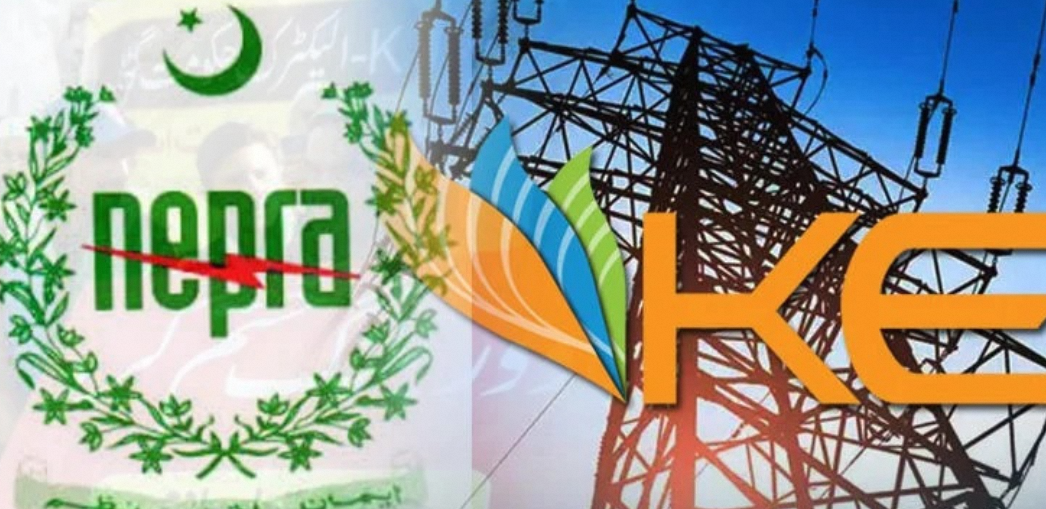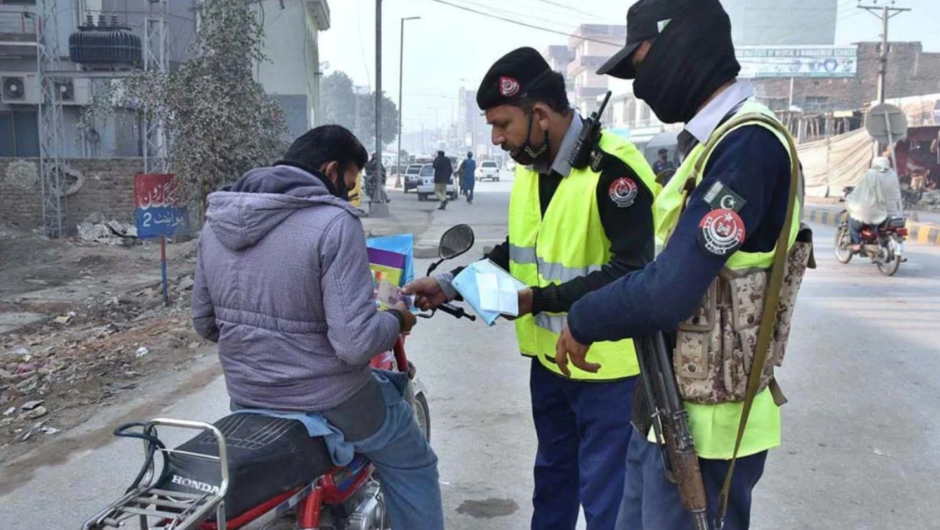Introduction
In a move welcomed by millions, Pakistan’s National Electric Power Regulatory Authority (NEPRA) announced a 6-8% reduction in electricity tariffs for K-Electric consumers, effective July 2024. This decision, finalized after a public hearing and detailed review, aims to ease financial burdens on households and businesses in Karachi, Pakistan’s largest city and economic hub. The adjustment reflects lower fuel costs and improved operational efficiencies but raises questions about K-Electric’s ability to maintain service quality amid revenue losses.
Details of the Approval
NEPRA’s notification specifies an average tariff cut of Rs. 3.50 per unit across all consumer categories, reducing residential bills by 6-8% and industrial rates by 4%. The revised tariffs apply to K-Electric’s 3.4 million customers, with the reduction backdated to cover consumption since July 1, 2024. This aligns KE’s rates with national grid consumers, addressing long-standing disparities under the 2002 privatization agreement.
Reasons Behind the Reduction
The decision stems from two key factors:
- Declining Global Fuel Prices: Reduced costs of LNG and furnace oil—key inputs for KE’s power generation—lowered the fuel adjustment charge (FAC).
- Government Policy: Pressure to harmonize tariffs nationwide under IMF-backed reforms drove the push for parity between KE and state-supplied DISCOs.
NEPRA Chairperson Tauseef H. Farooqi stated, “This reduction balances consumer relief with KE’s financial viability. We’ve ensured transparency through rigorous cost audits.”
Impact on Consumers
For households, the cut translates to monthly savings of Rs. 500–1,500, depending on usage—a lifeline amid 30% inflation. Small businesses, grappling with soaring operational costs, also stand to benefit. “Even marginal savings help us retain staff,” said Bakhtawar Ali, owner of a Korangi-based garment factory.
Challenges for K-Electric
While consumers celebrate, KE faces financial headwinds. The company estimates a Rs. 22 billion annual revenue loss, potentially straining its ability to upgrade aging infrastructure. KE spokesperson Imran Rana emphasized, “We’re committed to service quality but urge policymakers to address circular debt,” referencing KE’s Rs. 350 billion receivables from government entities.
Broader Implications
The tariff cut sets a precedent for other DISCOs, signaling NEPRA’s responsiveness to global energy market shifts. However, critics argue it’s a short-term fix. Energy analyst Ayesha Siddiqi noted, “Without resolving systemic issues like transmission losses and theft, such reductions are unsustainable.”
Conclusion
NEPRA’s decision offers immediate relief to Karachi’s consumers but underscores deeper challenges in Pakistan’s power sector. As KE navigates reduced revenues, the focus shifts to long-term reforms: modernizing grids, boosting renewables, and curbing losses. For now, the tariff cut is a rare bright spot for Karachiites weathering economic storms—a reminder that equitable energy policies remain pivotal to public trust.





